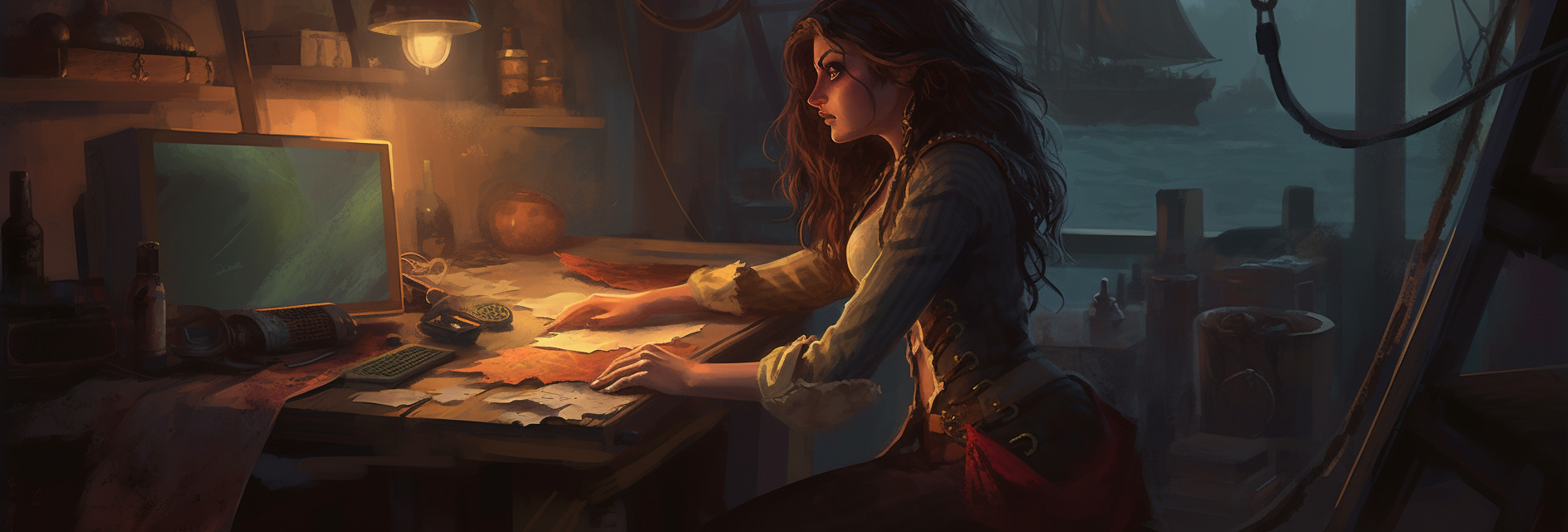Downloading and Installing Gradle

Ahoy there matey! If you’re looking to set sail with Gradle, you’ve come to the right port. In this article, we’ll be covering the ins and outs of downloading and installing Gradle, the powerful build automation tool that’s sure to shiver your timbers.
Installing from the Gradle Website
If you want to get your hands on the latest version of Gradle, your first port of call should be the Gradle website. Here’s a step-by-step guide to help you navigate the process:
Step 1: Visit the Gradle Website
Hoist the anchor and head on over to the Gradle website. This is where you can find all the latest information and resources related to Gradle.
Step 2: Download Gradle
Once you’ve arrived at the Gradle website, click on the “Download” link on the top navigation bar. This will take you to the download page where you can select the version of Gradle you want to download.
Step 3: Choose Your Download Option
On the download page, you’ll have two options for downloading Gradle: “Binary-only” and “Complete.” The “Binary-only” option includes only the Gradle binary files, while the “Complete” option includes additional documentation and source files.
For most users, the “Binary-only” option is sufficient. Click on the “Download” button next to the version you want to download, and your download should start automatically.
Step 4: Install Gradle
Once your download is complete, it’s time to install Gradle on your system. The installation process will vary depending on your operating system. Here are the general steps you’ll need to follow:
Unzip the Gradle distribution to a location of your choice. For example, you can extract the files to the
C:\drive on Windows, or to the/opt/directory on Linux or macOS.Set the
PATHenvironment variable to include the path to the Gradlebindirectory. This will allow you to run Gradle from any directory on your system. For example, if you extracted the Gradle distribution toC:\gradle-7.1.1, you would addC:\gradle-7.1.1\binto yourPATHvariable.Verify your installation by opening a command prompt or terminal window and running the
gradle --versioncommand. If Gradle is installed correctly, you should see information about the version of Gradle you just installed.
And that’s it, matey! You’re now ready to set sail with Gradle and start building your projects with ease. But before you go, let’s take a look at another way to install Gradle: using a package manager.
Installing from a Package Manager
If you’re running a Linux or macOS operating system, you may prefer to install Gradle using a package manager. Here are the general steps you’ll need to follow:
For Linux Users
Ubuntu and Debian
If you’re using Ubuntu or Debian, you can install Gradle using the following commands:
sudo apt update
sudo apt install gradle
CentOS and Fedora
If you’re using CentOS or Fedora, you can install Gradle using the following commands:
sudo dnf install gradle (for Fedora)
sudo yum install gradle (for CentOS)
For macOS Users
If you’re using macOS, you can install Gradle using Homebrew, a popular package manager for macOS. Here’s how:
- Install Homebrew by running the following command in your terminal window:
/bin/bash -c "$(curl -fsSL https://raw.githubusercontent.com/Homebrew/install/HEAD/install.sh)"
- Once Homebrew is installed, run the following command to install Gradle:
brew install gradle
Verifying Your Installation
To verify that Gradle is installed correctly, open a new terminal window and run the gradle --version command. If Gradle is installed correctly, you should see information about the version of Gradle you just installed.
Conclusion
Congratulations, me hearty! You’ve made it to the end of this guide on downloading and installing Gradle. We hope that this article has given you a good understanding of how to install Gradle on your system, whether you choose to download it from the Gradle website or install it using a package manager. With Gradle in your toolkit, you’ll be able to build your projects with ease and set sail on new coding adventures. Happy coding, and may the wind be always at your back!